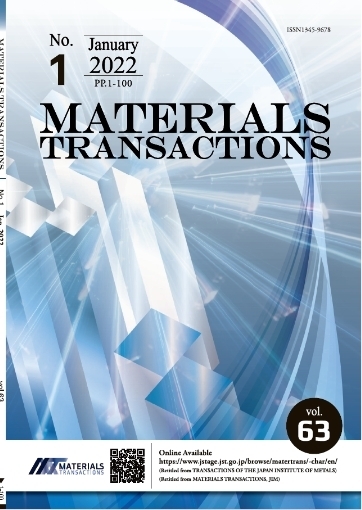Thermodynamics of Micro-Alloying
Taiji Nishizawa
pp. 2027-2032
抄録
The functional role of micro-alloying elements in grain boundary migration, especially their influence on solute drag and particle pinning, are reexamined using very simple models. The solute drag phenomenon is analyzed in terms of the grain boundary dwell time and drag length of the solute, assuming a state of equilibrium boundary segregation. Effect of particle pinning is analyzed using a slightly modified Zener’s relation. The role of inverse pinning resulting from the anisotropy of AlN, first proposed by Taguchi and Sakakura in 1966 and utilized in the production of grain oriented Si-steel, is emphasized.
他の人はこちらも検索
ISIJ International Vol.41(2001), No.6










